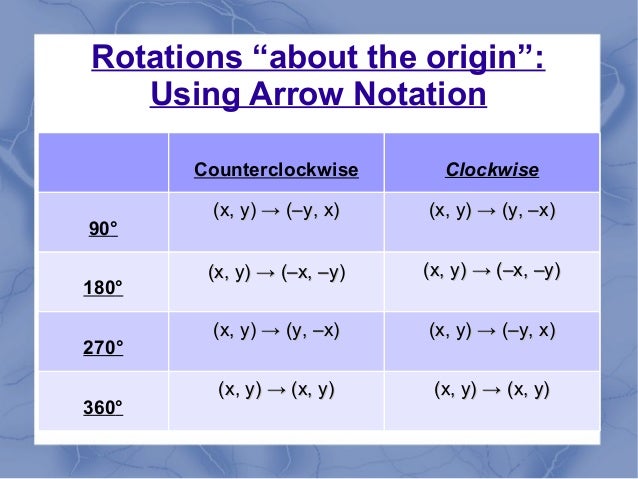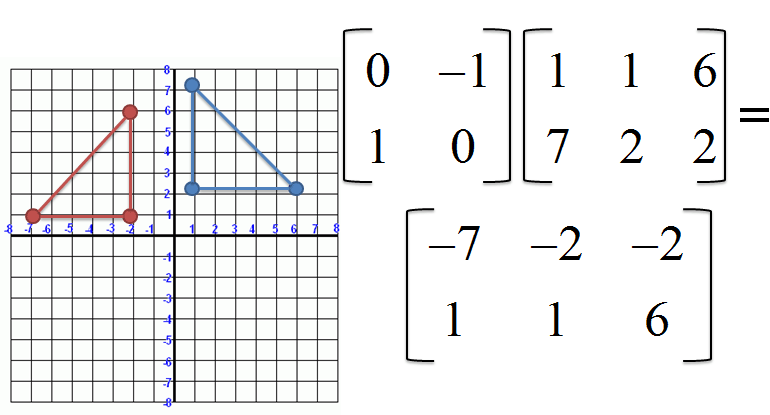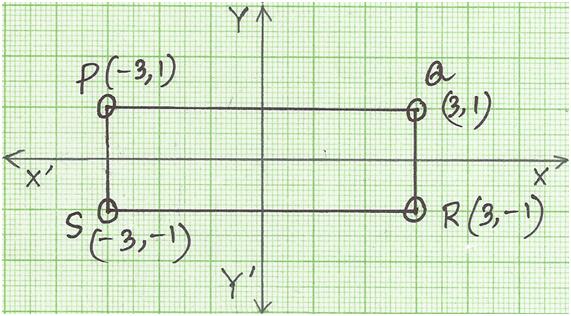

Here of course you're supposed to look at them from above (e.g. $^1$One example of this is hurricanes, which are said to rotate (anti)clockwise in the (northern) southern hemisphere. Given a directed axis, put your right hand with your thumb pointing along the axis in the given direction, and then your fingers will point to the "positive" direction of rotation. It must also be noted that the "positive" direction of rotation is usually defined to be anticlockwise. Put your left hand on the page with your thumb toward you, and your fingers will be clockwise. This is equivalent to setting the plane normal "up", towards you. Put the page on the wall so you can read it, next to a clock whose face you can see its hands will move clockwise. when doing 2D analytical geometry), then there is a canonical way to understand the term. In your terms,Īdditionally, if the question is purely about a planar problem (i.e. It coincides with the direction your fingers point to when you put your left hand in front of you with your thumb pointing towards you.

This refers to the direction of rotation of the hands of a (normal, non-transparent) clock as you observe them. That said, a statement like "clockwise as seen from the top" is not ambiguous. (In more technical language, "clockwise" defines an order for two basis vectors for the plane, but does not specify a sign for the normal.) If you take a transparent clock mounted on a glass window, it will rotate clockwise or anticlockwise depending on what side of the window you're standing. The reason for this is that "clockwise" defines a direction of rotation within a plane, but does not specify which side the plane is observed from. The order of rotational symmetry is the number of times a figure can be rotated within 360° such that it looks exactly the same as the original figure.Your confusion arises because the term (anti)clockwise, when used by itself, is ambiguous, and should always be used with a statement like "as seen from the top" (unless that is absolutely obvious$^1$). Below are several geometric figures that have rotational symmetry. Rotational symmetryĪ geometric figure or shape has rotational symmetry about a fixed point if it can be rotated back onto itself by an angle of rotation of 180° or less.

For 3D figures, a rotation turns each point on a figure around a line or axis. Two Triangles are rotated around point R in the figure below. The term "preimage" is used to describe a geometric figure before it has been transformed and the term "image" is used to describe it after it has been transformed.įor 2D figures, a rotation turns each point on a preimage around a fixed point, called the center of rotation, a given angle measure. On the right, a parallelogram rotates around the red dot. In the figure above, the wind rotates the blades of a windmill. A rotation is a type of rigid transformation, which means that the size and shape of the figure does not change the figures are congruent before and after the transformation. In geometry, a rotation is a type of transformation where a shape or geometric figure is turned around a fixed point.

Home / geometry / transformation / rotation Rotation


 0 kommentar(er)
0 kommentar(er)
